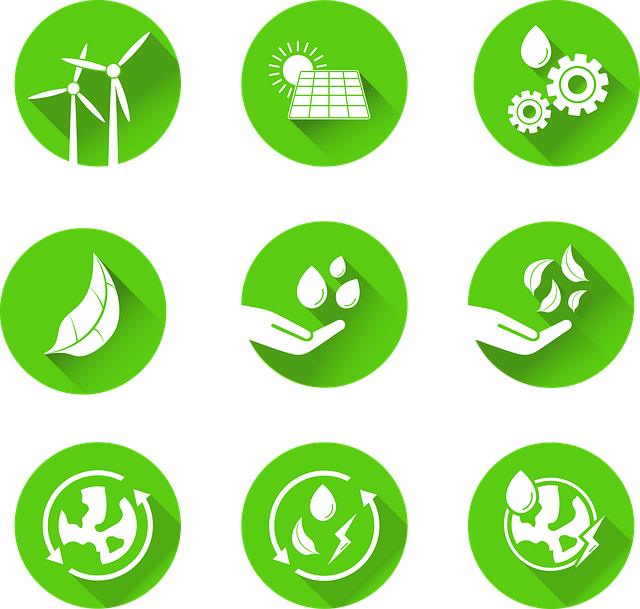A General Definition
As you already know the concept of sustainability originated from forestry where acting sustainable describes the deforestation of only as many trees as can grow back. This ensures the preservation of natural regeneration of the forest.
This resource-economic definition has been expanded over the years. Above all, climate change and global population growth require a change in economy, ecology and society. While a small part of the world's population (20 percent) causes most of the global environmental damage, the majority (80 percent) feel the negative effects of climate change without any fault of their own. A more equitable distribution of wealth needs to be achieved, so that the gap between North and South or polluter and affected countries is reduced.
In 1987, the Brundtland Report established what is now the most widely known definition of sustainability: Development should not only meet the needs of the present, but also ensure that future generations can meet their needs.
In the context of business, the following definition prevails: sustainability means generating profits in an environmentally and socially responsible manner rather than compensating for one's own environmental incompatibility by applying measures such as financing sustainable projects.

How can sustainability be depicted? Three models are central in the depiction of the principle of sustainability: the three-pillar model, the sustainability triangle, and the intersection or triad model. What all these models have in common is that they bring together economy, ecology and social issues, with the goal of a holistic approach. Only strategies and actions that bring all areas together can protect and preserve the earth and its inhabitants and resources in the long run.
What is the global significance of sustainability? Sustainability is also on the agenda of the United Nations (UN). In 2015, all member states of the United Nations adopted 17 Sustainable Development Goals (SDGs) to be achieved as part of the 2030 Agenda for Sustainable Development. People, Protecting the Earth, Promoting Prosperity and Peace for All, and Global Partnerships are five guiding principles for action that are intended to clarify the connections between the goals. Member states recognize that ending poverty and other deprivations worldwide goes hand in hand with:
Strategies to improve health and education,
Strategies that eliminate inequalities,
strategies that promote sustainable economic growth, and
Strategies that address climate change and protect our forests and oceans.
The SDGs include goals such as gender equality (Goal 5), quality education for all (Goal 4), and responsible consumption and production (Goal 12).
The desire for greater sustainability brings about change: Big companies (hopefully) change some of their practices, and everyone (hopefully) changes small things in their everyday life to make a difference. However, this desire to act more responsibly also makes decisions more complex due to the multi-layered systems of our current economy and society. In addition, there is a fundamental dilemma surrounding the principle of sustainability: While environmental protection, health care or global justice are met with general acceptance, interests collide as soon as it comes to one's own actions. We might know better, but we might still opt for the more convenient alternative (such as deciding against a reusable coffee cup because it’s inconvenient to carry it around).
You have probably felt this way before - Where did you act against better knowledge and what could you do better next time?
What actions would you like to see from political or economic actors?
What does sustainability mean to you?
Sources:
Bundeszentrale für politische Bildung (German), Lizenz CC BY-NC-ND 3.0 DE, Iris Pufé for bpb.de: https://www.bpb.de/apuz/188663/was-ist-nachhaltigkeit-dimensionen-und-chancen?p=0
The 17 SDGs (German): https://www.bmz.de/de/themen/2030_agenda/index.html
The 17 SDGs and the Agenda 2030: https://sdgs.un.org/goals